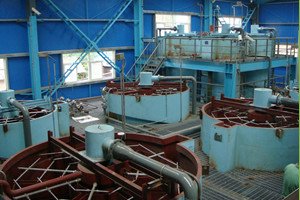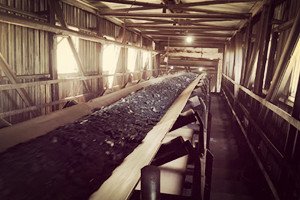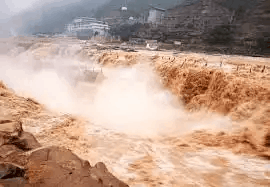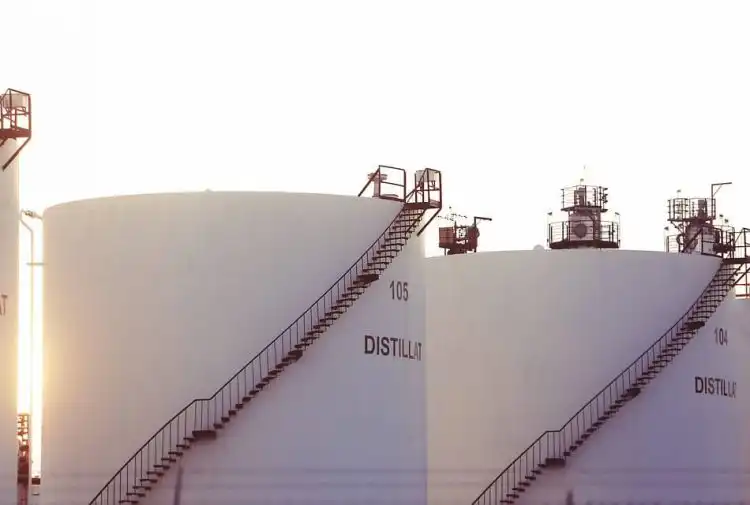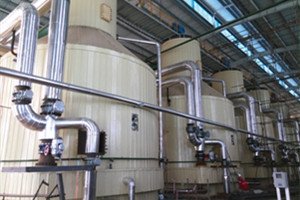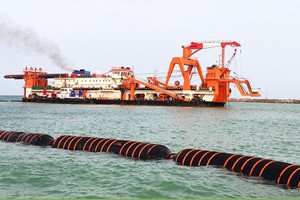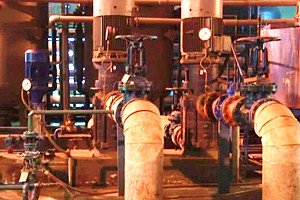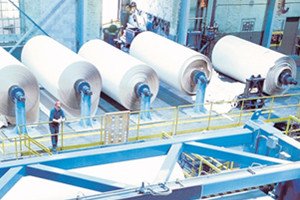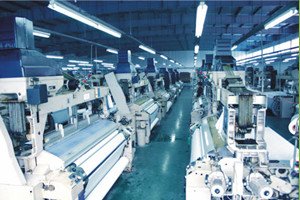
Centrifugal Pumps Application
Centrifugal pumps work via centrifugal motion created in water by the rotation of the pump impeller. Before starting the pump, the casing and suction pipe must be filled with water. When the motor is started, the pump shaft will drive the impeller, creating a high-speed motion in the water, creating centrifugal motion. The water will then be thrown to the outer edge of the impeller, which will be channeled into the pressurized water line of the pump.
These centrifugal pumps have multiple uses in numerous industries. In the chemical and petroleum sectors, the raw materials, semi-finished products, and finished products are usually liquids requiring complex technological processes. Here, the pump is used transport liquids and contributes to chemical reactions. Additionally, for many devices, a pump is used to adjust the temperature.
In the agricultural, pumps are frequently used for irrigation and drainage. Generally speaking, water pumps account for more than half of the total pump output industry-wide.
Centrifugal pumps are also the most common equipment in the mining and metallurgical industries. They are used to drain water and supply water in the processes of ore dressing, smelting and rolling, as circulation pumps.
In the power plant, nuclear power plants require nuclear primary, secondary, and tertiary circulation pumps. Thermal power plants require large numbers of boiler feed, condensate, oil-gas mix, circulating water, and sludge pumps.
The basic structure of a centrifugal pump is composed of six parts: the impeller, pump body, pump shaft, bearing, seal ring, and stuffing box.
- The impeller is the core of the centrifugal pump. It has a high speed and high output force, primarily due to its blades. The inner and outer surfaces must be smooth to reduce the frictional loss of water flow and must pass the static balance test before assembly.
- The pump body is also called the pump casing. It plays a supporting and fixing role and is connected to the bracket on which the bearing is installed.
- The role of the pump shaft is to connect the motor to the impeller through coupling that transmits torque and is the main component for transmitting mechanical energy.
- The sliding bearing is lubricated with transparent oil. Caution must be taken when filling the bearing- overfilling will cause ooze along the pump shaft. Additional caution must be taken to ensure sufficient bearings are added- too few will result in overheating, burnout, and potential accidents! Bearings usually run at approximately 60 degrees- during pump operation; however, the temperature of the bearing may rise to 85 degrees.
- The sealing ring is also called the leakage reducing ring.
- The primary function of the stuffing box is to close the gap between the pump casing and the pump shaft, preventing the water in the pump from flowing outside air from flowing into the pump. The stuffing box is composed of packing, the water-sealing ring, the packing tube, the packing gland, and the water-sealing pipe. The vacuum must always be kept inside the pump. It is necessary to keep the pump running normally. When the pump shaft and the filler produce enough friction to generate heat, the water seal tube must effectively hold the water in the seal ring to keep the filler cool. Therefore, special attention must be paid to the stuffing box during the running inspection of the pump. The packing will need to be replaced after about 600 hours of operation.



